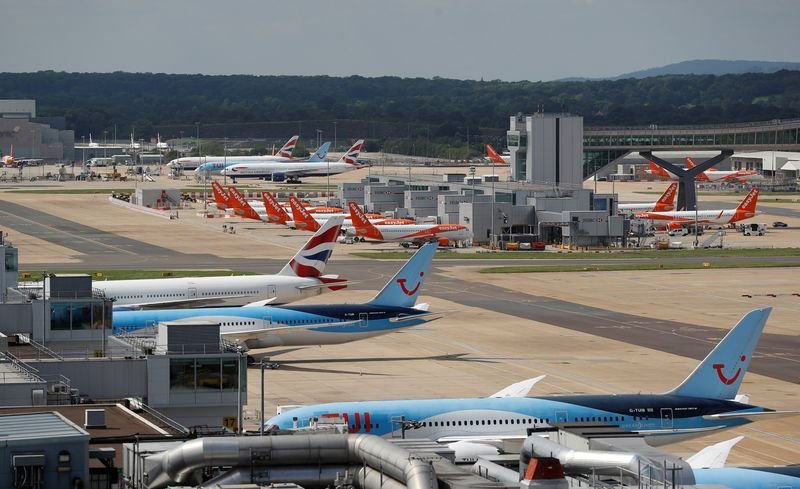UK Airports Disrupted by Radar Issues in Air Traffic Control System
Recent incidents have emerged in the United Kingdom regarding serious disruptions at airports caused by a radar fault within the air traffic control system. These technical difficulties have significantly impacted flight schedules, leading to delays and cancellations across various locations.
Overview of the Radar Fault
The core issue that precipitated the widespread airport disruptions pertains to a malfunctioning radar system, which plays a critical role in the operational efficiency and safety of air traffic control. This failure has raised concerns about the reliability of the country’s air traffic management, especially during peak travel times.
Impact on Flight Operations
As a direct consequence of the radar malfunction, numerous flights faced substantial delays or were entirely canceled, leading to an inconvenience for thousands of travelers. Many were left stranded at airports, scrambling to find alternative travel arrangements.
Airlines responded by advising passengers to check the status of their flights before heading to the airport. The situation has prompted a thorough review of the current systems in place within the air traffic control framework.
Response from Authorities
In light of the disruptions, various aviation authorities are conducting investigations to identify the root cause of the radar fault. This review aims to ensure that similar incidents do not occur in the future. Officials have emphasized the importance of maintaining robust air traffic control systems to safeguard both passenger safety and operational efficiency.
Traveler Guidance and Tips
For those affected by the radar fault, it is advisable to stay updated on flight statuses via airline websites or mobile applications. Moreover, passengers should remain informed about the potential for further disruptions and plan accordingly.
Here are some practical tips for travelers during such incidents:
- Stay Informed: Regularly check for flight updates and news from your airline.
- Contact Airlines: Reach out to your airline for guidance regarding cancellations or rescheduling.
- Be Patient: Expect longer wait times and maintain a positive attitude amidst the chaos.
Future of Air Traffic Control
The recent disruptions underscore the necessity for upgrades and improvements to existing air traffic control systems. Moving forward, it is crucial for aviation authorities to invest in technology and infrastructure to prevent such incidents from reoccurring.
Conclusion
The air traffic control radar fault in the UK has brought significant challenges to travelers and airlines alike. Authorities are diligently working to resolve these issues and ensure that air traffic management remains efficient and safe. As technology evolves, so too must the systems that manage the skies.
